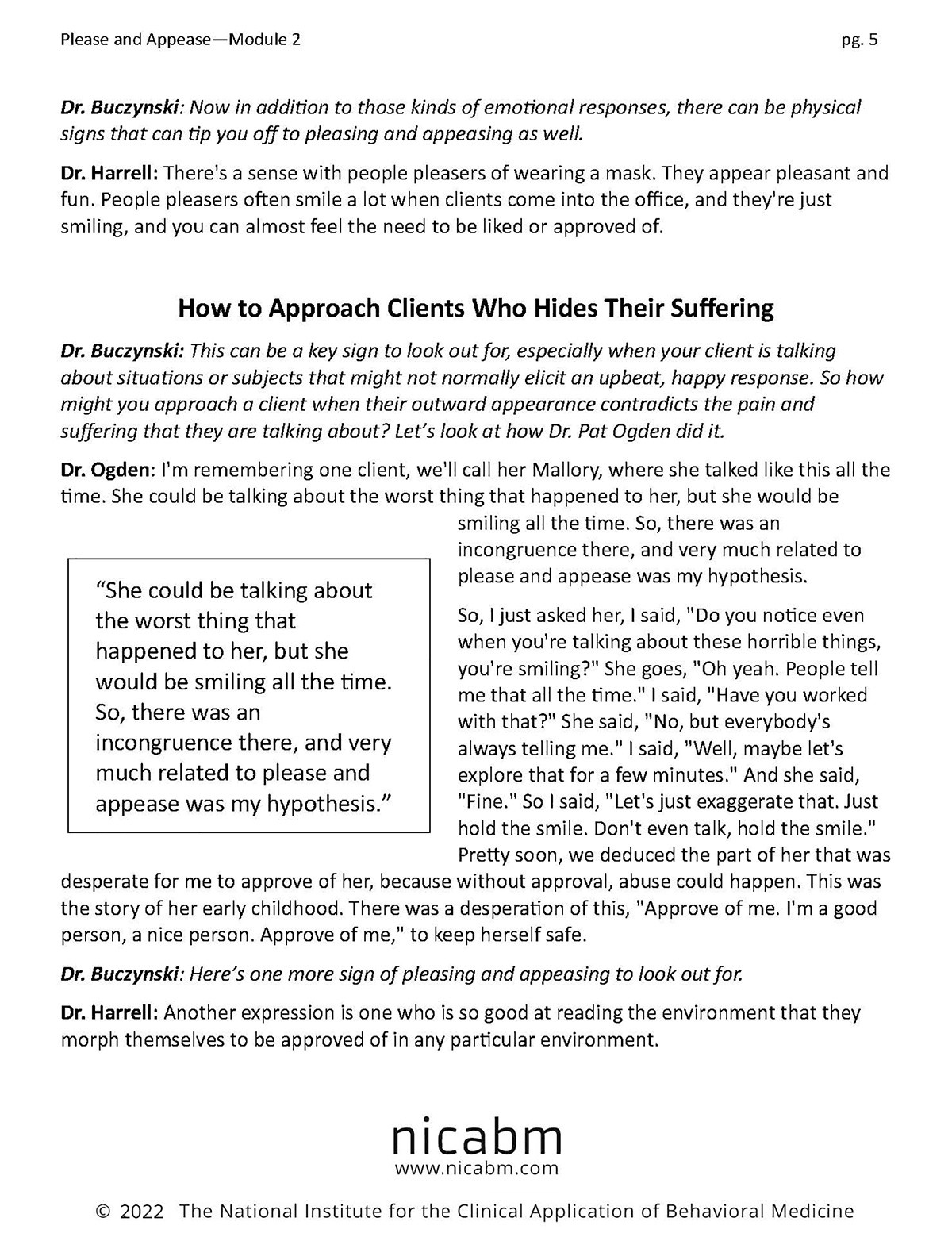Now 50% Off for a Limited Time
50% Off – Sale Ends Tomorrow
50% Off – Sale Ends Tonight
Working with Please & Appease
The Trauma Response That Can Lock Clients in Patterns of Over-Prioritizing Others’ Needs and Tolerating Mistreatment

 When a client has a pattern of chronic people-pleasing, they’re often caught in a near lifelong cycle of over-prioritizing others’ needs.
When a client has a pattern of chronic people-pleasing, they’re often caught in a near lifelong cycle of over-prioritizing others’ needs.
Now on the surface, this can seem like a good thing – it’s selfless, socially acceptable, and more often than not, it gets rewarded.
But here’s the thing – for many clients, pleasing and appeasing is their default way of protecting themselves from rejection, abandonment, or other types of emotional and physical harm. What’s more . . .
Pleasing and appeasing often starts out as a protective response to trauma.
Trauma researchers now recognize please and appease as one of the alternative defense responses to fight-flight-freeze (you might also hear it referred to as the fawn response).
And similar to all trauma responses, it can bring clients a sense of safety in the short term. The problem is, the longer someone engages in pleasing and appeasing, the more damage it can do.
So how do we help clients stuck in a response that compels them to erase their own needs and wants for the sole purpose of pleasing another person, in order to stave off mistreatment?
We thought this issue was so pervasive that we took this question to 21 of the leading experts in the field. We distilled their sharpest insights and strategies to bring you . . .
Helping Clients Undo Patterns of Pleasing and Appeasing

Key Factors That Set Pleasing and Appeasing Apart from All Other Trauma Responses (And That Can Make It So Tricky to Detect)
Christine Padesky, PhD Stephen Porges, PhD Thema Bryant, PhD
Shelly Harrell, PhD Pat Ogden, PhD
- One feature of the please and appease response that makes it particularly insidious (and that often reinforces it)
- Why clients might not think that their pleasing and appeasing is all that problematic
- The counterintuitive sign that your client has a habit of pleasing and appeasing

How to Undo Deeply Engrained Patterns of Pleasing and Appeasing
Stephen Porges, PhD Deb Dana, LCSW Rick Hanson, PhD
- The approaches we should AVOID when working with please and appease
- How to take advantage of neuroplasticity to help clients unlearn habits of pleasing and appeasing
- A step-by-step approach to helping clients feel more empowered in saying “yes” and “no” (instead of privileging others’ desires)

Strategies to Help Clients Begin to Unravel Patterns of Pleasing and Appeasing Behavior
Lynn Lyons, LICSW Terry Real, MSW, LICSW
Joan Borysenko, PhD Christine Padesky, PhD
- How to help clients see that their pleasing and appeasing is doing harm (and get them on board with the idea that change is necessary)
- Specific language to help your client unpack how their habits of pleasing and appeasing developed
- Strategies to help your client challenge the underlying beliefs that drive their pleasing and appeasing

Key Factors to Consider When Your Client Is Pleasing and Appeasing in Response to a Present Threat
Lynn Lyons, LICSW Shelly Harrell, PhD Kelly Wilson, PhD
Rick Hanson, PhD Chris Willard, PsyD Ron Siegel, PsyD
- Why pleasing and appeasing is sometimes necessary (and what this might mean for your treatment approach)
- What NOT to say to a client in an abusive relationship (and what to say instead)
- How to navigate a case when a client can’t escape ongoing threat

How Pleasing and Appeasing Can Serve (And Cost) Your Client
Joan Borysenko, PhD Stan Tatkin, PsyD, MFT Stephen Porges, PhD
Thema Bryant, PhD Deany Laliotis, LICSW Christine Padesky, PhD
Shelly Harrell, PhD Chris Willard, PsyD Ron Siegel, PsyD
- How to address 2 common misconceptions about the please and appease response
- The roots of pleasing and appeasing (and how these behaviors can develop in response to trauma)
- 3 specific consequences that can come from chronic pleasing and appeasing

Strategies to Help Clients Shift from Pleasing and Appeasing to Setting Healthy Boundaries
Pat Ogden, PhD Chris Willard, PsyD Thema Bryant, PhD
Rick Hanson, PhD Joan Borysenko, PhD Michael Yapko, PhD
Christine Padesky, PhD Janina Fisher, PhD
- 2 common fears your client might have about setting boundaries (and how to help them get past these hang-ups)
- Using the “power of maybe” to help ease clients into boundary-setting
- Versatile imagery exercises that can help clients maintain boundaries

When Pleasing and Appeasing Overtakes a Client’s Identity (And How to Help Them Reconnect with and Embody Their Values)
Thema Bryant, PhD Christine Padesky, PhD Michael Yapko, PhD
Deany Laliotis, LICSW Shelly Harrell, PhD
Kelly Wilson, PhD Ellyn Bader, PhD
- How to help your client see themselves as more than just a caretaker
- 2 exercises to help clients reconnect with their interests and values
- Strategies to help clients prioritize their values (even when it means upsetting others)
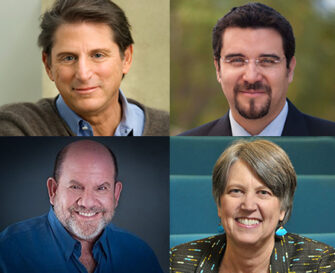
How to Help Clients Differentiate Between Functional and Dysfunctional Pleasing and Appeasing
Terry Real, MSW, LICSW Miguel Gallardo, PsyD
Stan Tatkin, PsyD Christine Padesky, PhD
- Why practitioners shouldn’t assume that pleasing and appeasing is inherently problematic
- Concrete benchmarks to assess whether your client’s pleasing and appeasing is helping or hurting them
- Cultural considerations for working with please and appease

How to Respond If You Notice Your Client (Or Yourself) Pleasing and Appeasing During a Session
Thema Bryant, PhD Deb Dana, LCSW Lynn Lyons, LICSW
Shelly Harrell, PhD Ron Siegel, PsyD Bill O’Hanlon, LMFT
Christine Padesky, PhD Richard Schwartz, PhD Chris Willard, PsyD
- Why a client’s pleasing and appeasing in session might slip under your radar (and how to guard against it)
- How to respond when your client defaults to pleasing and appeasing you in a session
- A quick “self-check” for when you find yourself slipping into please and appease behaviors in a client session
Register Here for $197 $97
You’ll get all the videos, audios, transcripts, learning tools, plus 3 bonuses
to help you work more effectively with a clients who please and appease
Up to 3.5 CE/CME Credits or Clock Hours are available for purchase at checkout.
Click HERE to get information about CE/CME credits and clock hours as well as speaker disclosures
For This Short Course, We Brought Together Some of the Top Experts in the Field

Pat Ogden, PhD
Pioneer in Somatic Psychology; Founder and Director of Sensorimotor Psychotherapy Institute (SPI); Co-founder of the Hakomi Institute; Author of Sensorimotor Psychotherapy: Interventions for Trauma and Attachment.

Stephen Porges, PhD
Developer of Polyvagal Theory; Distinguished University Scientist at the Kinsey Institute at Indiana University Bloomington and Research Professor in the Department of Psychiatry at University of North Carolina Chapel Hill.
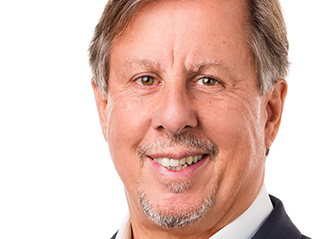
Richard Schwartz, PhD
Founder of Internal Family Systems (IFS) and The Center for Self Leadership; Author of Introduction to Internal Family Systems.

Shelly Harrell, PhD
Licensed psychologist specializing in multicultural and community psychology; Professor of Psychology in the Graduate School of Education at Pepperdine University.
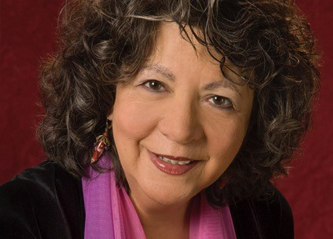
Janina Fisher, PhD
Licensed clinical psychologist and former instructor, Harvard Medical School; Advisory Board member of the Trauma Research Foundation

Christine Padesky, PhD
Co-founder of the Center for Cognitive Therapy in Huntington Beach, California; Co-creator of Strengths-Based CBT; Co-author of Mind Over Mood and Collaborative Case Conceptualization.

Christopher Willard, PsyD
Psychologist and educational consultant specializing in mindfulness; president of the Mindfulness in Education Network; serves on the board of directors at the Institute for Meditation and Psychotherapy.
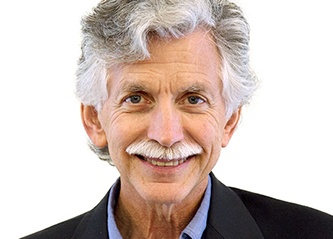
Ron Siegel, PsyD
Assistant Professor of Psychology, part time, Harvard Medical School; Author of The Mindfulness Solution: Everyday Practices for Everyday Problems and Sitting Together: Essential Skills for Mindfulness-Based Psychotherapy.

Thema Bryant, PhD
Licensed psychologist specializing in relief and empowerment of marginalized persons; Professor of Psychology in the Graduate School of Education at Pepperdine University; author of Thriving in the Wake of Trauma: A Multicultural Guide.

Rick Hanson, PhD
Senior Fellow of the Greater Good Science Center at UC Berkeley; New York Times bestselling author of Hardwiring Happiness and Buddha’s Brain.

Joan Borysenko, PhD
Founder of Mind/Body Health Sciences LLC; Author of New York Times Bestseller Minding the Body, Mending the Mind.
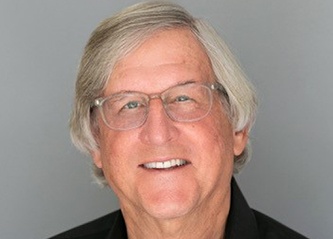
Michael Yapko, PhD
Leading expert in clinical hypnosis and treating depression; Clinical psychologist and author of 15 books including his newest books, The Discriminating Therapist and Keys to Unlocking Depression.

Bill O’Hanlon, LMFT
Co-developer of Solution-Oriented Therapy; Psychotherapist, speaker, and author of Do One Thing Different: Ten Simple Ways to Change Your Life.
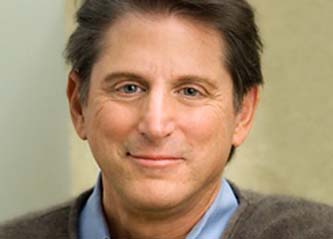
Terry Real, MSW, LICSW
Founder of the Relational Life Institute; Author of I Don’t Want to Talk About It: Overcoming the Secret Legacy of Male Depression and The New Rules of Marriage: What You Need to Make Love Work.

Stan Tatkin, PsyD, MFT
Founder of the PACT Training Institute and developer of a Psychobiological Approach to Couple Therapy (PACT).
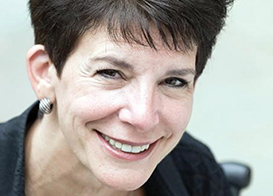
Deany Laliotis, LICSW
Director of Training at EMDR Institute; Specialist in treatment of traumatic stress disorders and attachment issues; author of chapters and articles on EMDR therapy.

Deb Dana, LCSW
Coordinator of the Traumatic Stress Research Consortium at the Kinsey Institute; Developer of the Rhythm of Regulation Clinical Training Series; author of Polyvagal Theory in Therapy.
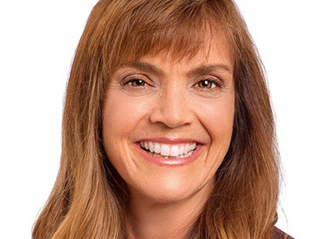
Lynn Lyons, LICSW
Author of Anxious Kids, Anxious Parents: 7 Ways to Stop the Worry Cycle and Raise Courageous & Independent Children, clinical social worker and psychotherapist specializing in anxiety in adults and children.
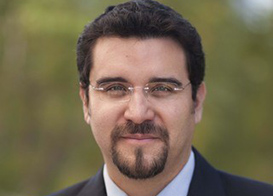
Miguel Gallardo, PsyD
Licensed Psychologist specializing in multicultural and social justice; Associate Professor at Pepperdine University’s Graduate School of Education and Psychology; author of Case Studies in Multicultural Counseling and Therapy.

Kelly Wilson, PhD
Co-author of Acceptance and Commitment Therapy: An Experiential Approach to Behavior Change; Founder of OneLife Education Training, LLC.

Ellyn Bader, PhD
Co-creator of The Developmental Model of Couples Therapy; Co-director of The Couples Institute.
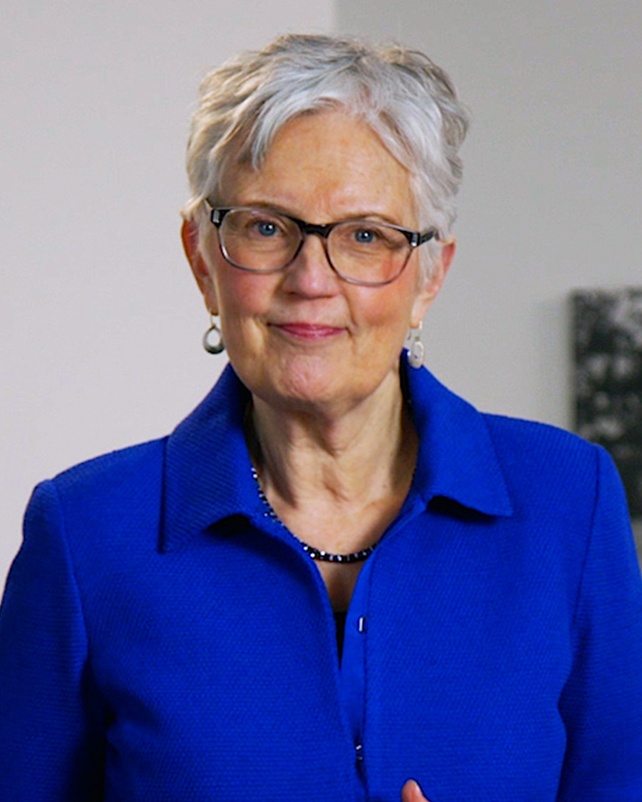
Course Director
Ruth Buczynski, PhD
Here's What You'll Get:
Everything is yours to keep forever in your professional library
|
|
Downloadable videos so you can watch at your convenience, on any device |
|
|
Audio recordings you can download and listen to at home, in the car, at the gym or wherever you like |
|
|
Professionally-formatted transcripts of the sessions, to make review and action simple |
|
|
Three downloadable bonus videos to help you work more effectively with clients who please and appease |
Get 3 Bonuses That Give You Even More Strategies for Working with Clients Who Please and Appease
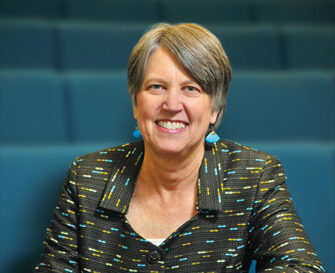
A 6-Step Process to Help Clients Shift Out of Patterns of Pleasing and Appeasing
Christine Padesky, PhD
- How to help clients challenge one “hard-and-fast rule” about standing up for themselves
- The small experiments that can help clients expand their beliefs about what’s possible
- How to use role plays to help clients practice asserting their own opinions

Helping Clients Activate the Power of Creativity to Reclaim a Voice That’s Lost in Chronic People-Pleasing
Joan Borysenko, PhD
- Specific languaging to help clients recognize that their pleasing and appeasing is doing more harm than good
- One resource to help clients spark more lasting cognitive shifts

Working with Physical Pain That May Be Rooted in Pleasing and Appeasing
Richard Schwartz, PhD
- One key question to address the parts of a client that might drive their physical pain
- How to shift your client’s attention away from the physical pain and toward the psychological factors that may be fueling their somatic symptoms
- How to help clients challenge the social and cultural messages that can reinforce please and appease behaviors
Register Here for $197 $97
You’ll get all the videos, audios, transcripts, learning tools, plus 3 bonuses
to help you work more effectively with a clients who please and appease
Up to 3.5 CE/CME Credits or Clock Hours are available for purchase at checkout.
Click HERE to get information about CE/CME credits and clock hours as well as speaker disclosures
Here's What Your Peers Have Experienced In NICABM Programs

. . . instrumental in opening my mind and heart to understanding trauma.
“These seminars have been instrumental in opening my mind and heart to understanding trauma. They are brief and accessible and of such high quality that I’ve been able to glean real understanding and a starting point for further study. I can’t say enough about them. I have recommended them to so many of my colleagues and they say the same things I do about them. Thank you Ruth!”
Angela Lawrence, Drug and Alcohol Counselor
British Columbia, Canada

The material covered has . . . fully supported my purpose, enhancing my knowledge of the theories behind the actions taken.
“I am a soldier, who works with other soldiers and their families (The PTSD Retreat), in reference to PTSD. We, as soldiers, are all taught the very basics of PTSD, in what we call “death-by-PowerPoint,” but it never goes beyond this. Indeed, it is repeated over and over, without change, and it rarely if ever gets to the families. The material covered in here has fully supported my purpose, enhancing my knowledge of the theories behind the actions taken. I am so grateful to have been able to follow this series and look forward to furthering my education with this entity. Thank you”
D. Nicole Johnson, Drug and Alcohol Counselor
Starr Founder, The PTSD Retreat
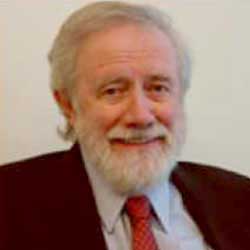
. . . very cost effective and practical . . .
“These programs offer a broad spectrum of both information and specific guidelines with top experts in different fields of addressing human suffering. All in a very cost effective and practical way. Rather than thousands of dollars spent on the cost of conference I can learn in the comfort of my own home or office, on my own schedule. Certainly recommend any of these series to my colleagues.”
Ian Macnaughton, PhD, Psychotherapist
Vancouver, BC, Canada
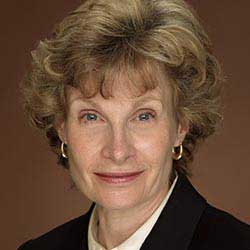
My clients have been able to build their confidence. . .
“My clients have been able to build their confidence in their ability to self-regulate on their own in pretty difficult situations, including work and family of origin situations. Their success has then built their self-esteem as they can see that they can be successful in changing some fairly habitual ways of interacting and hurting themselves. It is a positive cycle that builds upon itself”
Nancy Lasater, MSW, LCSW
Boulder, CO
Why the Transcript Is Essential:
- The transcript makes it easy to go back and double check concepts, citations and names that are mentioned
- We put in a table of contents to make it easy for you to find the exact part of the webinar you need
- Having the concepts already written allows you to take notes on how you’re going to use the ideas rather than transcribing the ideas
- Some people simply learn better by reading than by listening or watching
- You will be able to print out and share techniques presented in the session with your patients

“I really liked being able to follow along with the transcripts as I listened…it was nice not to feel like I had to take notes. I really feel like I remember more when I both hear and see at the same time.”
Mary Ellen McNaughton, Masters in Counseling, Psychology Counselor
Kelowna, British Colombia, Canada
You Are Protected By
NICABM’s Money-Back Guarantee
We invite you to register for this training program without any risk. Unless you are completely satisfied, we will refund your money. Just let us know within 30 days from the date of registration. We are that confident that you will find this information to be more than you expected.
Register Here for $197 $97
You’ll get all the videos, audios, transcripts, learning tools, plus 3 bonuses
to help you work more effectively with a clients who please and appease
Up to 3.5 CE/CME Credits or Clock Hours are available for purchase at checkout.
Click HERE to get information about CE/CME credits and clock hours as well as speaker disclosures

